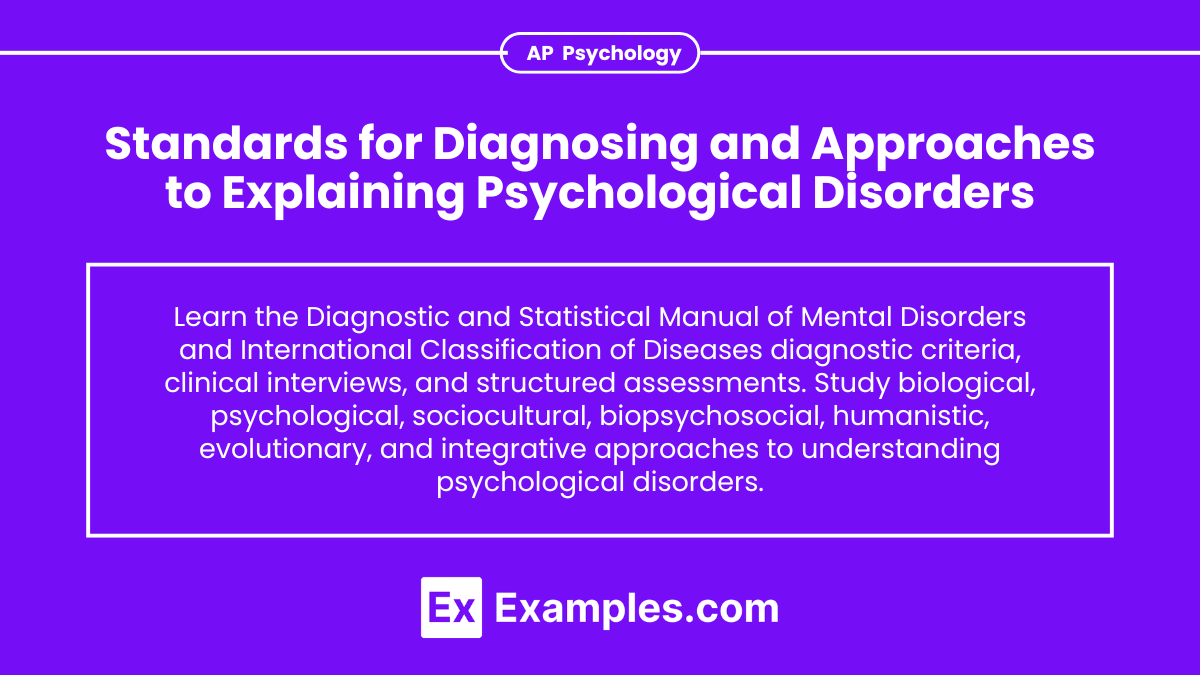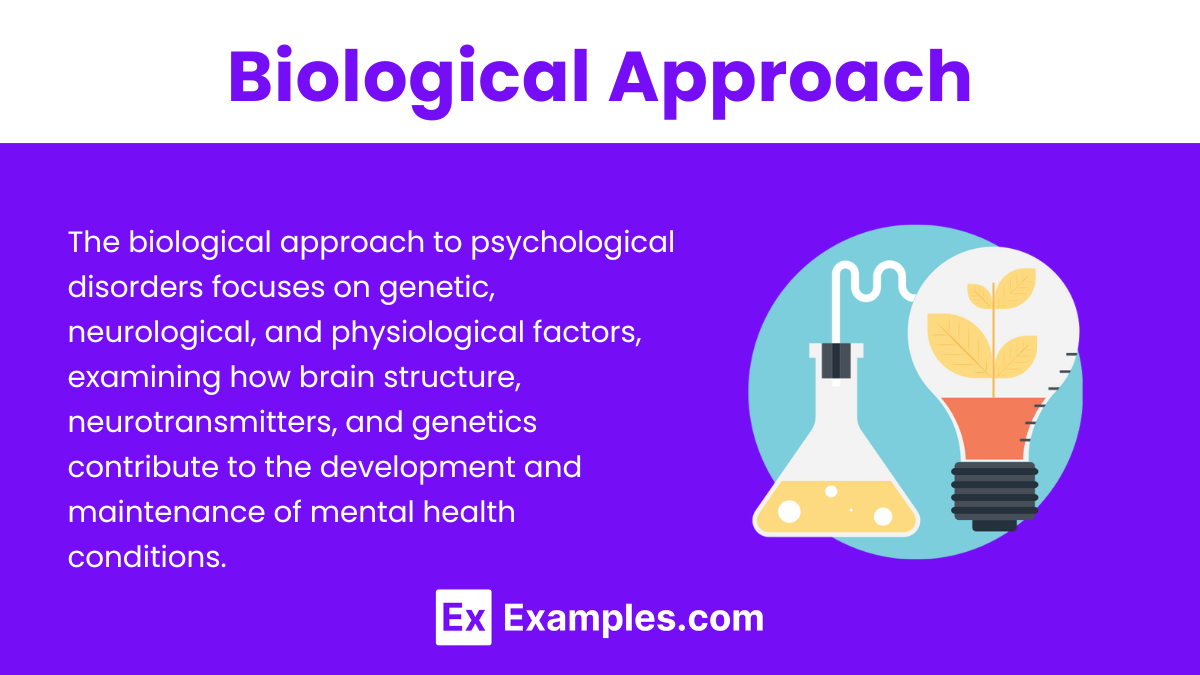Understanding psychological disorders involves recognizing standards for diagnosis and exploring various explanatory approaches. Key diagnostic tools include the DSM-5 and ICD-11, which provide Decision Criteria for identifying mental health conditions. In AP Psychology, students learn how clinical interviews and structured assessments aid in diagnosis. Additionally, they study different explanatory models such as biological, psychological, sociocultural, biopsychosocial, humanistic, and evolutionary approaches, which offer comprehensive insights into the causes and treatment of psychological disorders.
Learning Objectives
Learn the criteria and use of the DSM-5 and ICD-11 for diagnosing psychological disorders, understand various diagnostic tools like clinical interviews and structured assessments, and grasp different approaches to explaining psychological disorders, including biological, psychological, sociocultural, biopsychosocial, humanistic, evolutionary, and integrative perspectives. This knowledge will help you analyze how these standards and approaches contribute to the understanding and treatment of Mental Health Assessment conditions.
Diagnostic and Statistical Manual of Mental Disorders
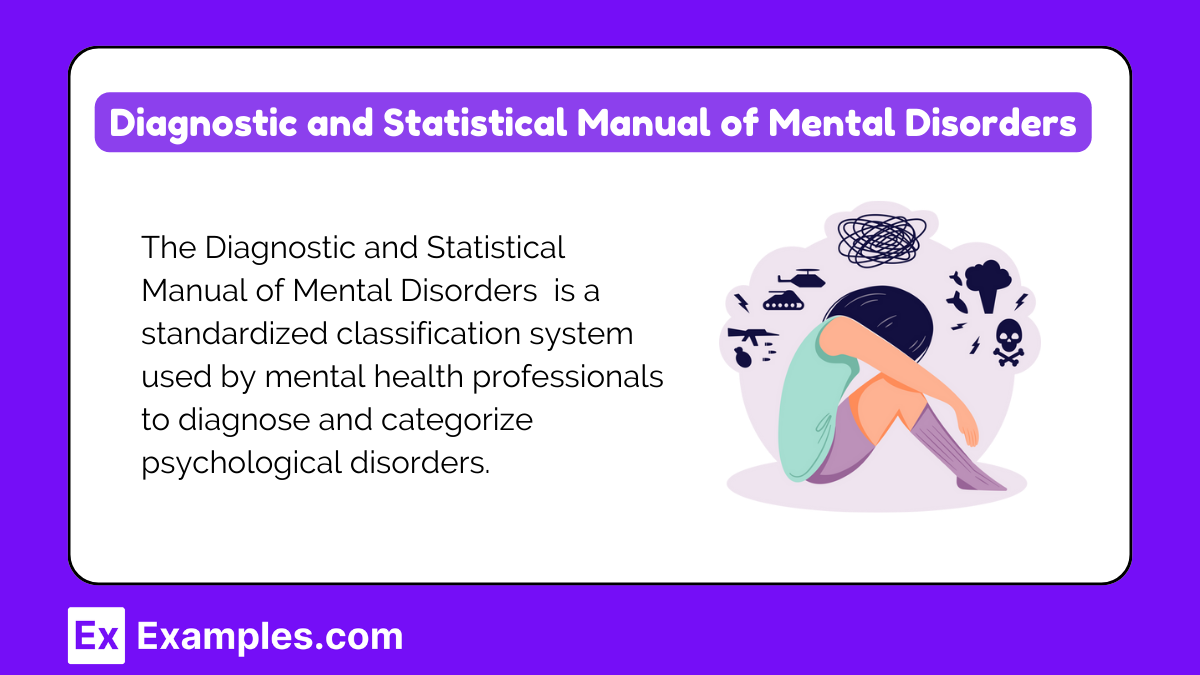
The Diagnostic and Statistical Manual of Mental Disorders (DSM-5), published by the American Psychiatric Association (APA), is a comprehensive classification system used by mental health professionals to diagnose psychological disorders. It provides standardized criteria for the diagnosis of mental health conditions, ensuring consistency and reliability across practitioners.
Key Features of DSM-5:
Categorical Classification: Disorders are grouped into categories based on similar symptoms.
Diagnostic Criteria: Specific criteria must be met for a diagnosis, including symptom presence, duration, and severity.
Multiaxial Assessment: Previously, DSM used a multiaxial system to provide a holistic view of the patient's mental health, but DSM-5 eliminated this to focus on a single-axis system.
Cultural Considerations: DSM-5 includes cultural formulations to account for cultural differences in symptom expression and interpretation.
International Classification of Diseases (ICD-11)

The International Classification of Diseases (ICD-11), published by the World Health Organization (WHO), is another globally recognized system for diagnosing psychological disorders. It provides codes for Communicable Diseases, signs, and symptoms, including mental health conditions.
Key Features of ICD-11:
Global Standard: Used internationally, facilitating global health comparisons and communication.
Comprehensive Coverage: Includes a wide range of health conditions beyond mental health, integrating them into a single classification system.
Accessible Language: Designed to be user-friendly for health professionals worldwide.
Cultural Sensitivity: Like DSM-5, ICD-11 accounts for cultural differences in diagnosing mental disorders.
Clinical Interviews and Structured Assessments

Clinical Interviews are essential tools for diagnosing psychological disorders. Mental health professionals use structured or semi-structured interviews to gather detailed information about the patient's history, symptoms, and functioning.
Common Structured Assessments:
Mini International Neuropsychiatric Interview (MINI): A brief structured interview for diagnosing major Axis I psychiatric disorders.
Structured Clinical Interview for DSM-5 (SCID-5): A detailed interview guide used to diagnose DSM-5 disorders.
Hamilton Depression Rating Scale (HDRS): A multiple-item questionnaire used to assess the severity of depression symptoms.
Approaches to Explaining Psychological Disorders
Biological Approach
The Biological Approach emphasizes the role of genetic, neurological, and physiological factors in the development of psychological disorders. It focuses on how brain structure, neurotransmitters, and genetic predispositions contribute to mental health conditions.
Key Concepts:
Genetics: Family and twin studies show that many psychological disorders have a genetic component.
Neurotransmitters: Imbalances in neurotransmitters like serotonin, dopamine, and norepinephrine are linked to disorders such as depression and schizophrenia.
Brain Structure: Abnormalities in brain regions (e.g., hippocampus, amygdala) are associated with disorders like PTSD and anxiety.
Psychological Approach
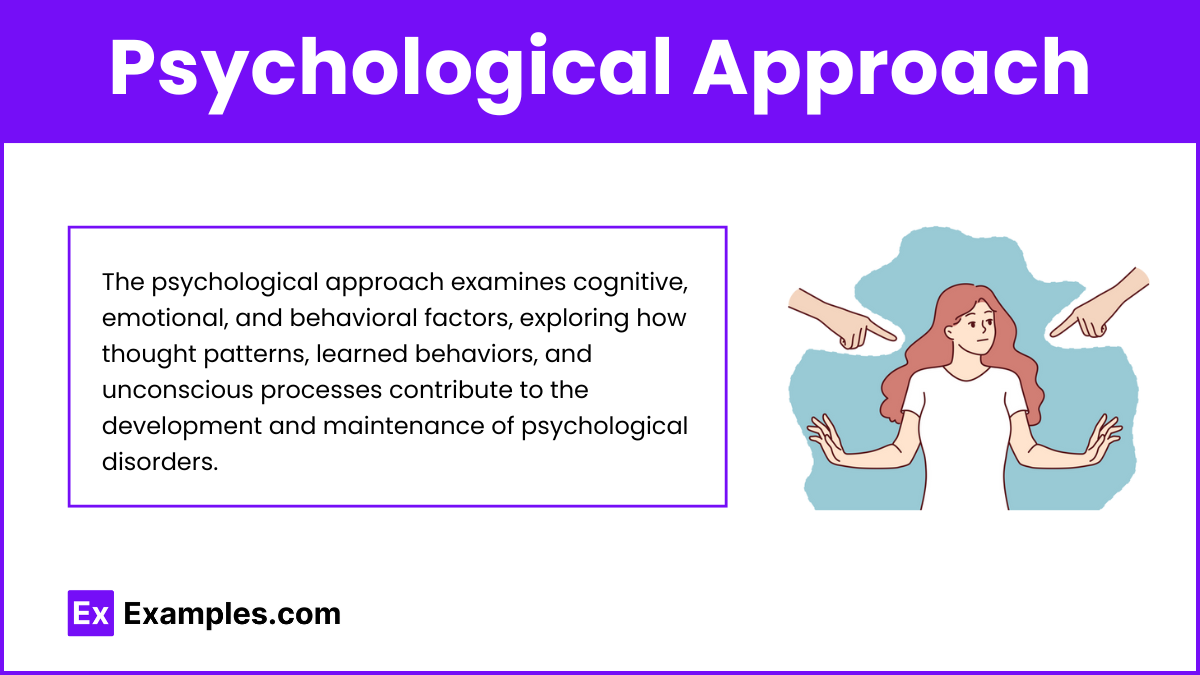
The Psychological Approach explores how cognitive, emotional, and behavioral factors influence the development and maintenance of psychological disorders.
Key Concepts:
Cognitive Theory: Focuses on how dysfunctional thinking patterns contribute to disorders. For example, negative thought patterns are central to cognitive theories of depression.
Behavioral Theory: Emphasizes the role of learned behaviors and conditioning in the development of disorders. Phobias, for instance, can be explained through classical conditioning.
Psychodynamic Theory: Stresses the influence of unconscious processes and early life experiences on mental health. Freudian theory, for example, links unresolved childhood conflicts to adult psychopathology.
Sociocultural Approach

The Sociocultural Approach examines how societal, cultural, and environmental factors impact mental health. It emphasizes the role of social context and cultural norms in the development and perception of psychological disorders.
Key Concepts:
Cultural Relativity: Recognizes that cultural norms and values influence the expression and interpretation of mental health symptoms.
Social Factors: Considers how factors like socioeconomic status, family dynamics, and community support affect mental health.
Stigma and Discrimination: Explores how stigma and societal attitudes towards mental health can impact individuals' willingness to seek help and their overall well-being.
Biopsychosocial Model

The Biopsychosocial Model integrates biological, psychological, and sociocultural factors, providing a comprehensive Research Framework for understanding psychological disorders. It posits that mental health conditions result from the complex interplay between these three domains.
Key Components:
Biological: Genetic predispositions, brain chemistry, and physical health.
Psychological: Emotions, thoughts, behaviors, and personality traits.
Social: Cultural influences, social support, and environmental stressors.
Humanistic Approach
The Humanistic Approach emphasizes personal growth, self-actualization, and the inherent goodness of individuals. It focuses on the individual's subjective experience and the drive towards personal fulfillment.
Key Concepts:
Self-Actualization: The process of realizing one's full potential.
Unconditional Positive Regard: Providing a non-judgmental, supportive environment to foster self-growth.
Client-Centered Therapy: Developed by Carl Rogers, this therapeutic approach emphasizes empathy, genuineness, and unconditional positive regard to help individuals achieve self-actualization.
Evolutionary Approach
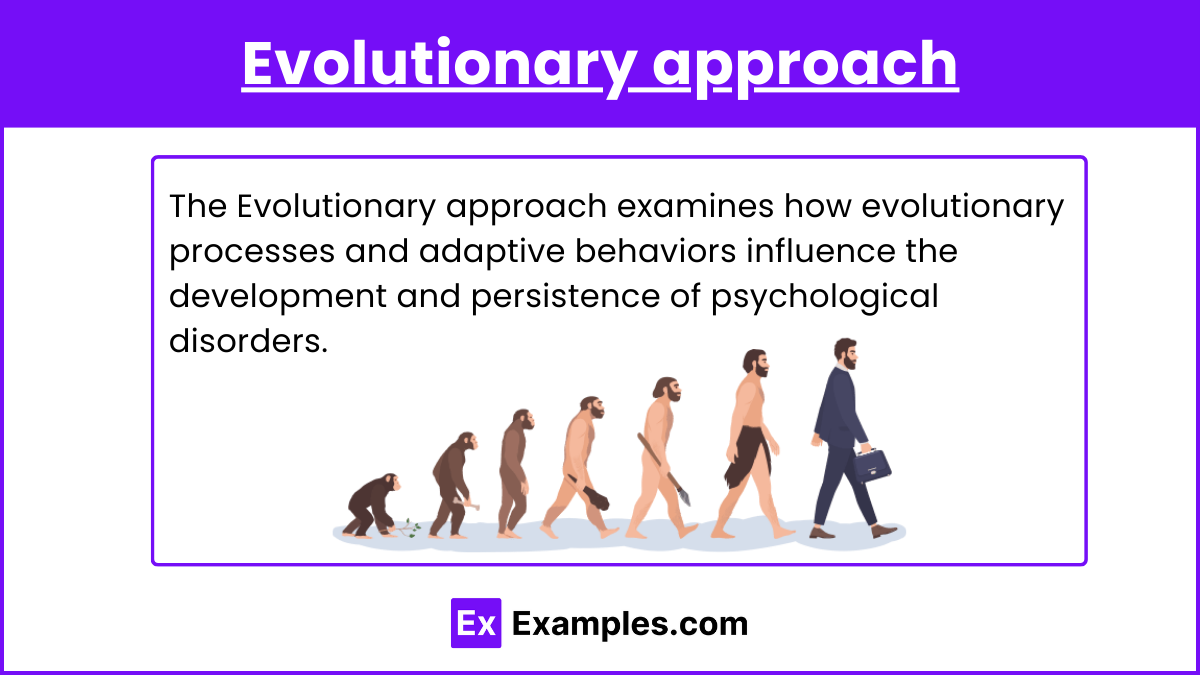
The Evolutionary Approach considers how evolutionary processes, such as natural selection, influence psychological traits and behaviors. It explores how certain mental health conditions may have developed as adaptive responses to environmental challenges.
Key Concepts:
Adaptive Behaviors: Traits or behaviors that were advantageous for survival and reproduction may contribute to psychological disorders in modern contexts.
Evolutionary Mismatch: The Main Idea that traits developed in ancestral environments may not be well-suited to contemporary society, leading to mental health issues.
Integrative Approach
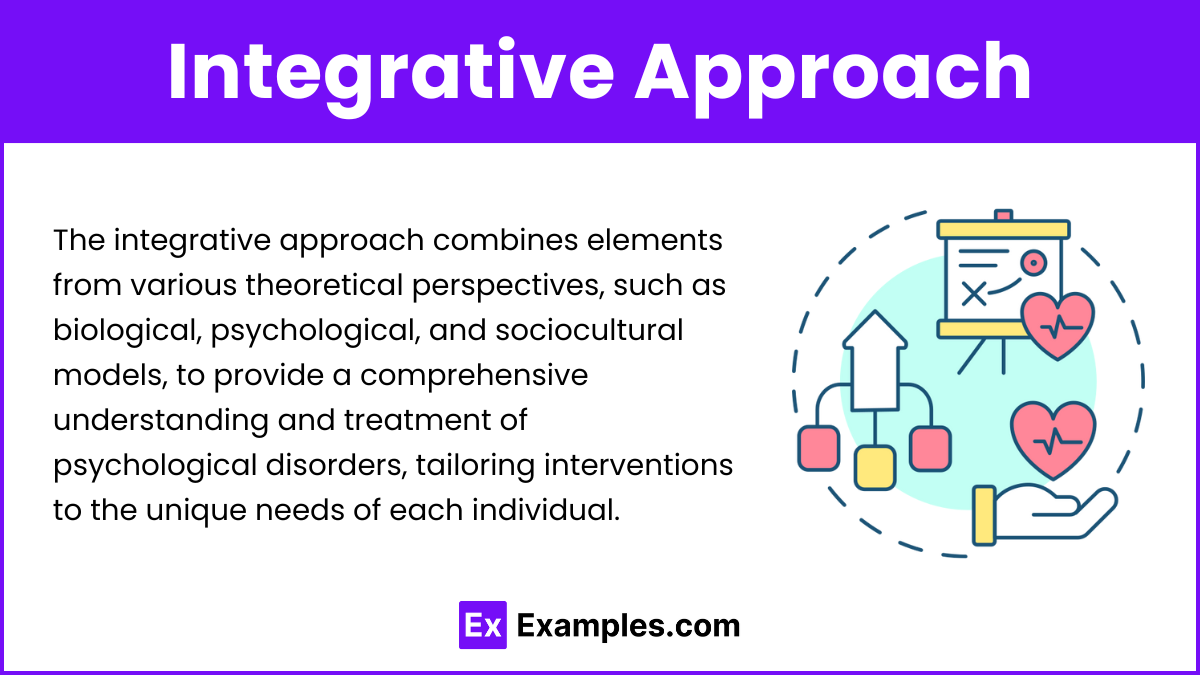
The Integrative Approach combines elements from multiple theoretical perspectives to provide a more comprehensive understanding of psychological disorders. It acknowledges that no single approach can fully explain the complexity of mental health conditions.
Key Strategies:
Multimodal Therapy: Combines techniques from different therapeutic approaches to tailor treatment to the individual's needs.
Interdisciplinary Collaboration: Involves working with professionals from various fields (e.g., psychology, psychiatry, social work) to provide holistic care.

